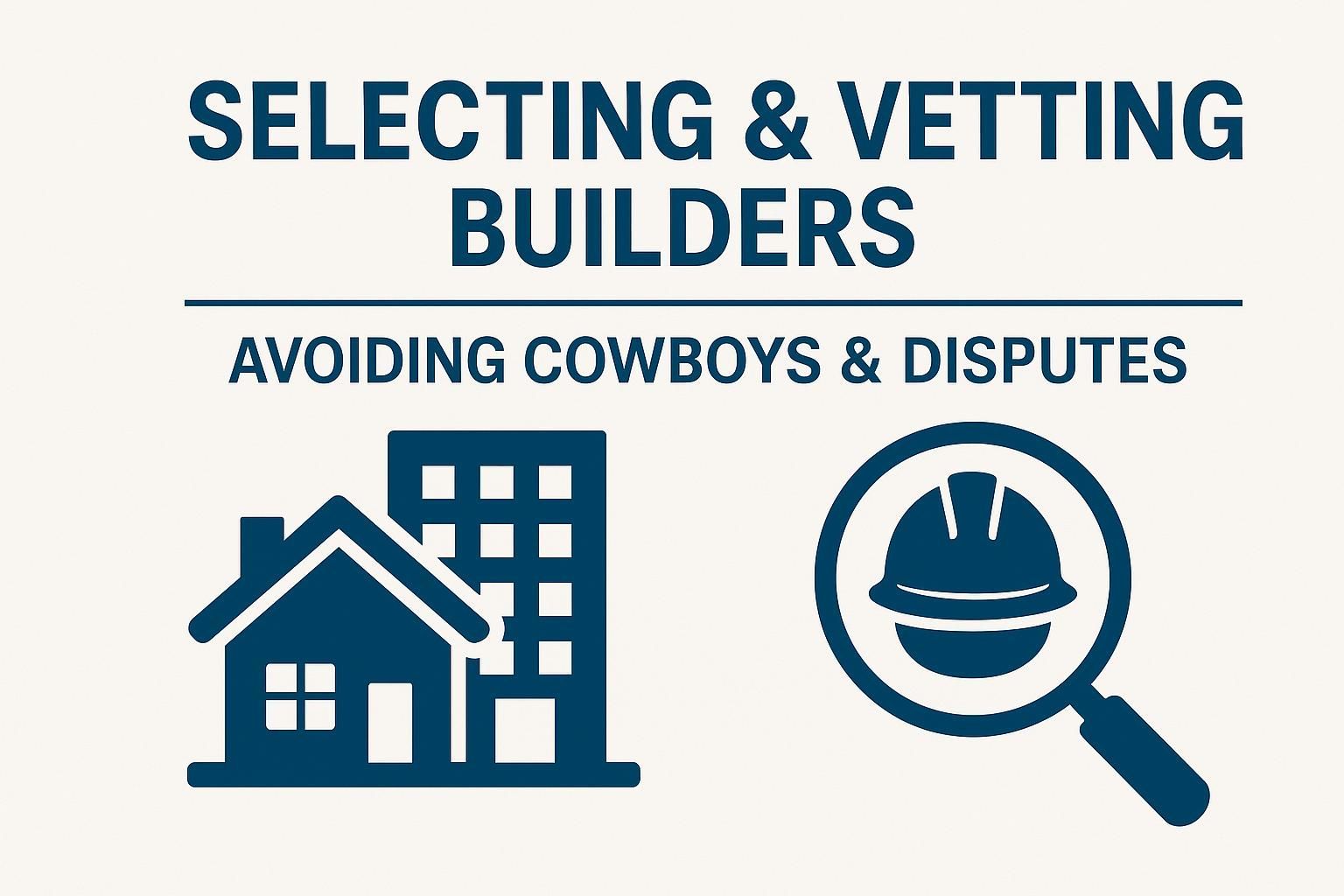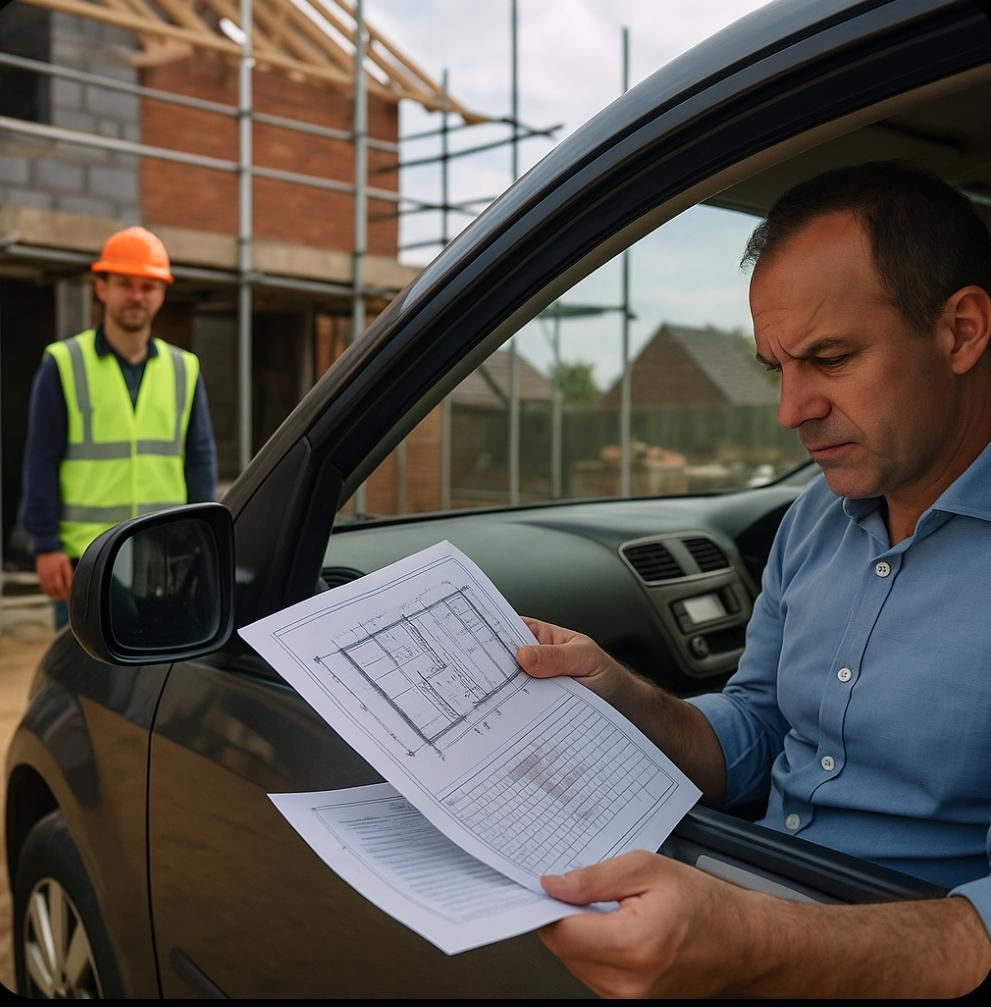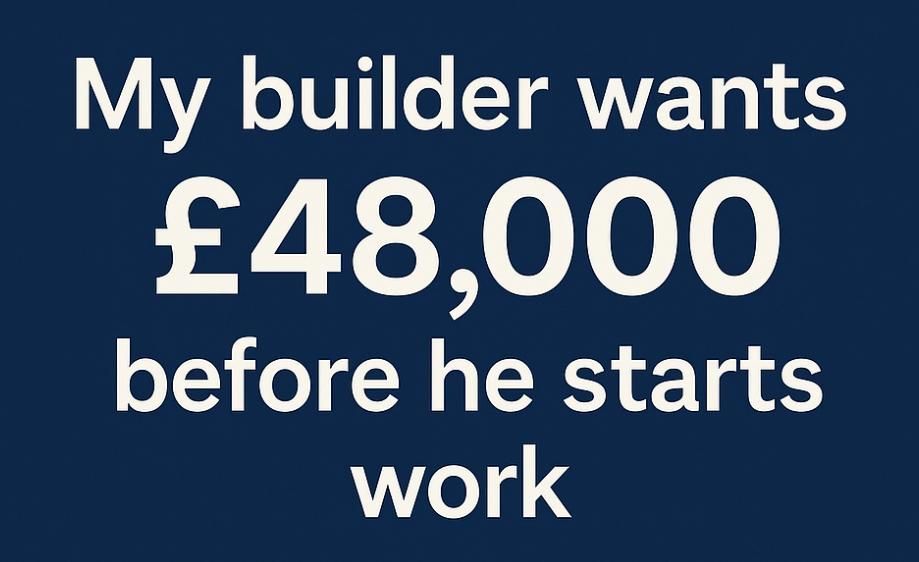Are porcelain tiles safe for outdoor use?
The use of outdoor porcelain tiles in the UK is becoming increasingly common place. One customer asked us how these might be made safer / nonslip.

The use of outdoor porcelain tiles in the UK is becoming increasingly common place. One customer asked us how these might be made safer / nonslip.
There are a few ways of achieving this result. To make outdoor porcelain tiles non-slip:
1. Use tiles with a textured or matte finish: These types of finishes have a rougher surface that provides more traction, making it less likely for people to slip.
2. Apply a non-slip coating to the tiles: There are several products on the market that can be applied to the surface of the tiles to increase their slip resistance.
3. Use an anti-slip tape or adhesive strips: These can be applied to the surface of the tiles to provide an additional layer of traction.
4. Use area mats: Placing rubber mats on top of the tiles can help to add some additional grip to the surface. You will have seen these in swimming pool areas and changing rooms.
It's also important to make sure that the tiles are properly installed and that the surface they are laid on is even and stable. If the tiles are not level or if the surface beneath them is uneven, it can increase the risk of slipping.
More about non-slip coatings for porcelain tiles.
There are several products on the market that can be used to apply a non-slip coating to outdoor porcelain tiles. These coatings typically work by creating a rough surface on the tiles that provides additional traction, making it less likely for people to slip.
To apply a non-slip coating to outdoor porcelain tiles, you will need to follow the manufacturer's instructions for the specific product you are using. In general, the process will involve:
1. Cleaning the tiles thoroughly to remove any dirt, debris, or other contaminants.
2. Sanding the surface of the tiles to create a rough texture that will help the coating to adhere better.
3. Applying the non-slip coating according to the manufacturer's instructions. This may involve using a brush, roller, or sprayer to apply the coating to the tiles.
4. Allowing the coating to dry completely according to the manufacturer's instructions.
It's important to note that not all non-slip coatings are suitable for use on outdoor porcelain tiles. You should check the manufacturer's instructions and make sure that the product you are using is suitable for this type of application.
Examples of products
Here are a few examples of non-slip coatings that may be suitable for use on outdoor porcelain tiles:
1. SlipDoctors Non-Slip Coating: This water-based coating is designed for use on tiles, concrete, and other surfaces. It creates a rough, slip-resistant surface when it dries.
2. SafetyGrip Solutions Anti-Slip Coating: This coating is suitable for use on a variety of surfaces, including tiles, concrete, and wood. It creates a rough, slip-resistant surface that is resistant to water, oil, and other contaminants.
3. Krylon Non-Skid Coating: This spray-on coating is designed for use on a variety of surfaces, including tiles, metal, and wood. It creates a rough, non-slip surface when it dries.
4. Rust-Oleum Anti-Slip Spray: This spray-on coating is suitable for use on a variety of surfaces, including tiles, metal, and wood. It creates a rough, slip-resistant surface when it dries.
It's important to note that these are just a few examples of the many non-slip coatings that are available on the market. You should always read the manufacturer's instructions and ensure that the product you are using is suitable for your specific needs.



